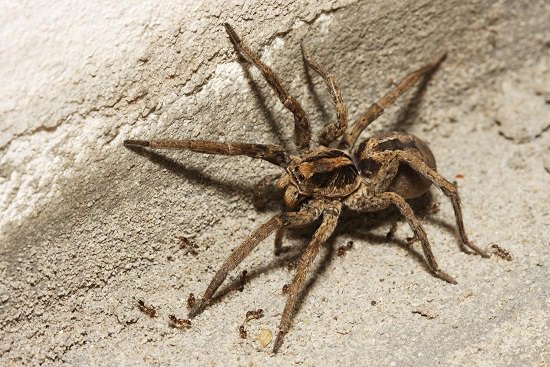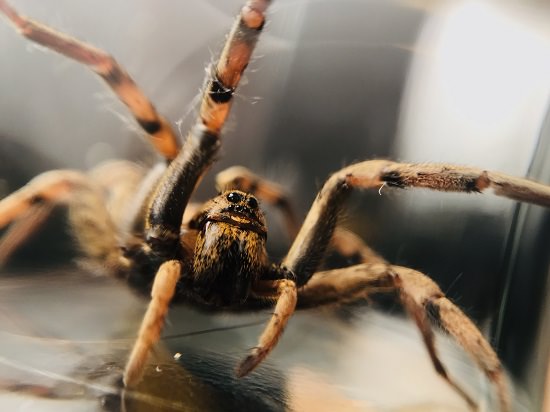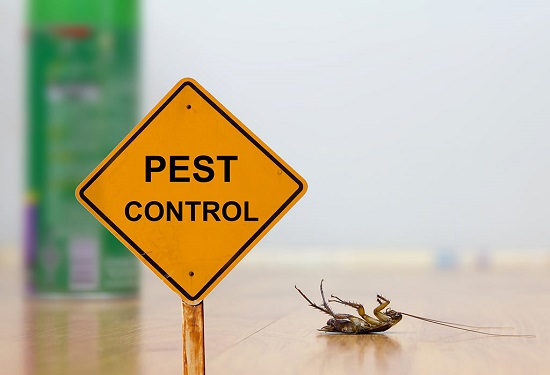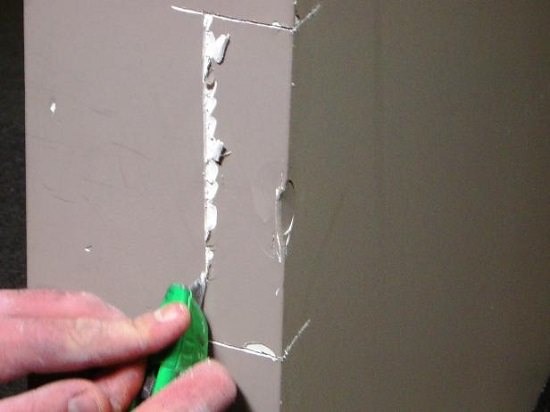Although wolf spiders are not largely poisonous to humans, they must be eliminated from the house! But first, let’s explore what attracts wolf spiders in the house?
It is seldom that someone doesn’t get freaked out by the sight of spiders. Spiders are not just dangerous, but they are scary and nasty to look at too. Arachnophobia is a common phobia in many people across the globe. There are almost 35,000 named species of spiders worldwide, among which there are wolf spiders. Wolf spiders are dark hairy creatures that can be as big as an inch. They can invade your house in no time, and if disturbed or provoked, they can attach with their poisonous bite too. Therefore it’s important to know what attracts wolf spiders in the house and how you can get rid of them to avoid any such mishappening.
What is a wolf spider?
A wolf spider, as the name suggests, is a spider that catches its prey like a wolf. It’s different from much of the species as they don’t create a web. Though wolf spiders are not harmful, however, if you provoke or try to hurt them, they can revert with a bite. The venom in its bite is known to paralyze its prey, but the poison isn’t toxic to human beings in most cases. The bite is dangerous and can hurt as much as a bee sting.
It is easy to identify a wolf spider as it is usually 0.5 to 1 inch big. It is dark in color and has a hairy body. They have black, brown, or even grey patterns on their body with eight eyes arranged in a row with excellent night vision. You can quickly locate a wolf spider even in the dark because of their shining eyes!
Where do Wolf Spiders Live?
There are as many as 3000 species of wolf spiders worldwide, and they have adapted to live in all habitats. Some of them are found on the Rocky Mountains, cold mountain tops, volcanic lava tubes, deserts, jungles, wheat crops, burrows, and even in your garden, backyard, and inside the house. They need a warm and dark place to live. They can quickly enter your home through windows, cracks, lakes, streams, gardens, etc.
What attracts Wolf Spiders in the House?
Whatever the weather is, cold, warm, or rainy, spiders will look for shelter to protect themselves from extreme climatic conditions. They may also enter the house in search of food. Dark places in the house like garage, basements, or any secluded place is attractive for this creature to live in. They need insects and pests for food; therefore, they may even enter your garden looking for prey. Any cracks, holes are an ideal way for these spiders to get into the home.
How to Get Rid of Wolf Spiders?
As mentioned earlier, wolf spiders do not bite unless you provoke or mishandle them. However, there is a need to get them out of the house. In case their bite injects venom in the body, it can be fatal. The area around the bite will swell up, followed by specific symptoms like nausea, dizziness, or even death of the tissue around that area. However, wolf spider’s venom is not especially toxic to humans, yet you should be precautious to prevent any mishaps. Follow the below steps to get rid of wolf spiders or any species of spiders from your home!
1. Cleaning the House
This may look like an easy job, but it’s not. Most of the time, while cleaning the house, we tend to forget the dark places. Therefore, clean the house with the utmost care and do not leave any area untouched. In case you are finding it difficult to reach the remote dark spots, then better clean it with a vacuum cleaner. This will not only eliminate the existing spiders that might be living there but will also prevent any further infestation.
2. Pest-Control
Pest control not only removes insects and pests but also counteracts the spiders as well. Moreover, if there will be no pests and insects in your house on which the spiders can feed on, they’ll eventually leave the house.
3. Remove the Waste
After cleaning the house, we usually pile up all the waste in one place and leave it in seclusion, but avoiding this practice should be a priority. In case you have one such pile at your home, remove it immediately and thoroughly clean the area.
4. Clean the Infected Area
If you’ve noticed any signs of an infestation, then clean that particular place and all the things kept there. Even if you see infestation in your clothes, wash them properly. Cleaning the infected area will not let spiders live there anymore.
5. Seal the Cracks
You should necessarily seal all the cracks, crevices, holes in your house to ensure that you block the spider’s entry. Use any sealant, and don’t ignore even the smallest gaps. Insects require these small areas to enter the house; therefore, stay alert.
6. Use Sticky Traps
Sticky traps are not only beneficial for cockroaches, fliers, bugs, but spiders too. Place a sticky trap wherever you doubt about the infestation and wait for some time. Once the spiders get caught, drop them away from your house at a safer place.




